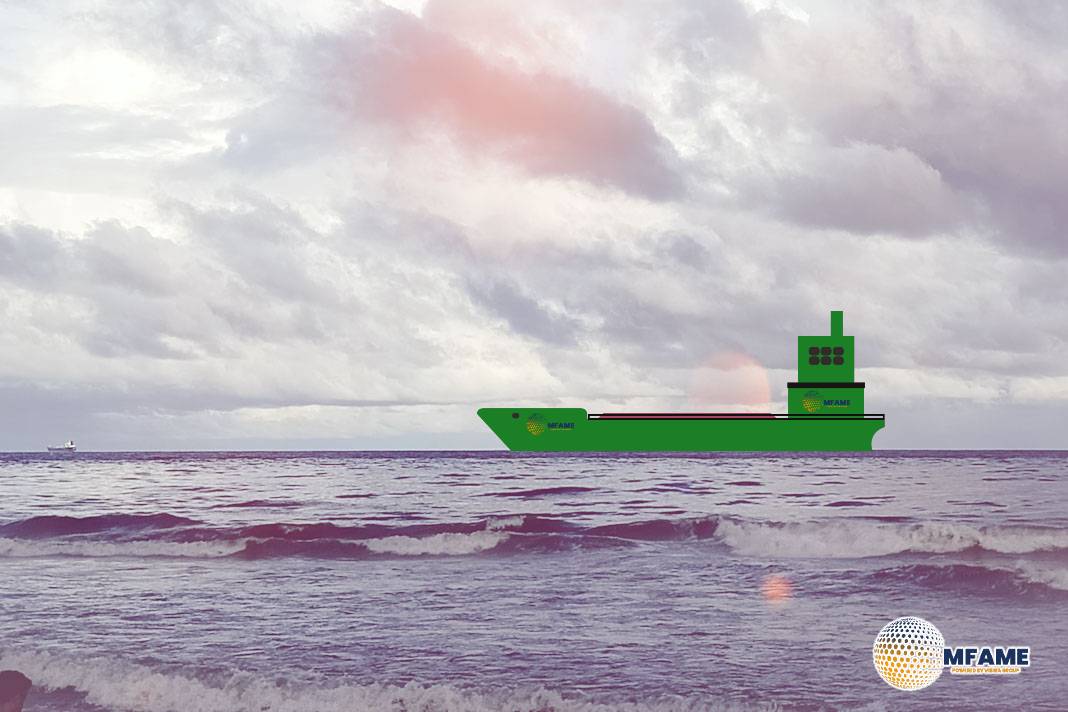- A green shipping corridor across the Pacific Ocean linking the United States and South Korea is set to be established by 2027, the latter country’s Ministry of Oceans and Fisheries (MOF) has unveiled.
- The endeavor entails a collaboration between private and public sector players from both countries, namely, the port authorities of Busan and Ulsan, classification society Korean Register (KR), shipping major HMM, the Northwest Seaport Alliance, and the ports of Seattle and Tacoma.
South Korea and the United States are collaborating to establish a green shipping corridor across the Pacific Ocean, aiming for operational status by 2027, reports Offshore Energy.
This initiative is part of South Korea’s broader strategy to achieve net-zero shipping emissions by 2050, as outlined in the “South Korea-US Green Shipping Corridor Construction Implementation Roadmap” released in April 2025.
Key Stakeholders and Infrastructure Development
The project involves a partnership between public and private entities from both nations, including the port authorities of Busan and Ulsan, the Northwest Seaport Alliance, and the ports of Seattle and Tacoma. The collaboration also encompasses the Korean Register (KR) and shipping company HMM. A critical component of this endeavor is the development of infrastructure to support alternative marine fuels such as ammonia and green methanol, facilitating the transition to carbon-free energy sources for vessels operating on this route.
Environmental Impact and Global Significance
The establishment of this green shipping corridor is expected to significantly reduce greenhouse gas emissions. A study by Solutions for Our Climate (SFOC) indicates that green corridors between South Korea, the U.S., and Japan could decrease emissions by up to 41.3 million tonnes of CO₂ annually, equivalent to the emissions from over 9 million passenger vehicles in the United States. This initiative underscores the importance of coordinated international efforts to decarbonize the shipping industry and align with global climate goals.
Broader Implications for Maritime Decarbonization
The South Korea-U.S. green shipping corridor is part of a larger trend of international collaborations aimed at reducing maritime emissions. In February 2025, South Korea and Australia signed a memorandum of understanding to establish a green shipping corridor by 2029, focusing on eco-friendly fuel supply and technology exchange. Additionally, the North Pacific Green Corridor Consortium, inaugurated in April 2024, brings together stakeholders from Asia, Europe, and North America to explore decarbonization strategies for supply chains between these regions.
The planned green shipping corridor between South Korea and the United States represents a significant step toward sustainable maritime transport. By fostering international cooperation and investing in alternative fuel infrastructure, this initiative aims to lead the way in reducing the carbon footprint of global shipping and contributing to the achievement of net-zero emissions by 2050.
Did you subscribe to our daily Newsletter?
It’s Free Click here to Subscribe!
Source: Offshore Energy

















